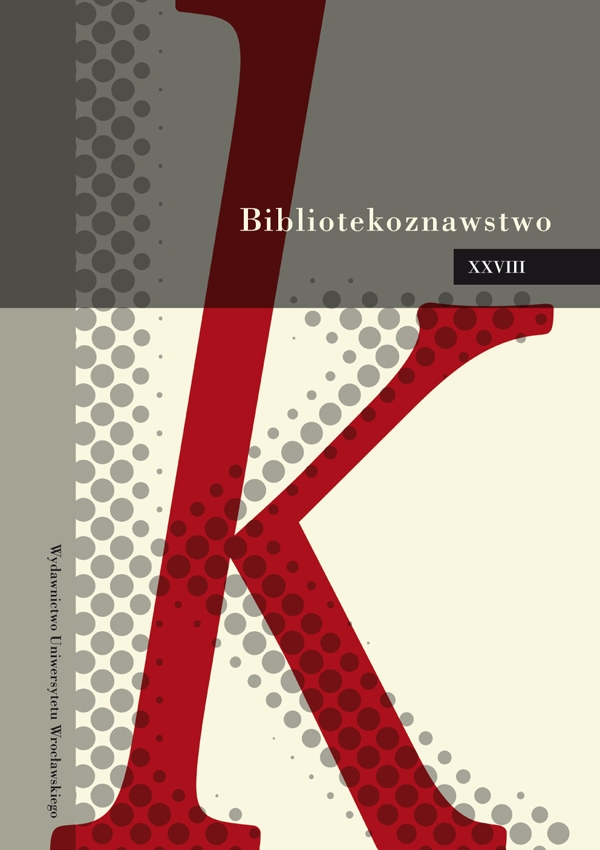Świat wizualny w wydawnictwach kartograficznych XVI–XVII wieku
Abstrakt
The visual world in cartographic publications from the 16th–17th century
Cartographic publications are one of the most important and scholarly very useful fields of old European graphic arts. In addition to graphic elements, which constituted their fabric, maps contained many areas of the visual world that drew both on the distant tradition of Antiquity and the closer tradition of the Middle Ages or the period in which the authors, illustrators and editors of maps lived. The wind rose of ancient provenance, rough sea, landscape elements in the form of mountains, trees and buildings, battle and hunting scenes, figures wearing national costumes, portraits of rulers and members of the church hierarchy, personifications and allegories, stylised and nature-derived plant motifs belong to the most common elements of graphic compositions in this type of publications. They are complemented by coats of arms of states, districts, towns and knights. The manner of composition and means of artistic expression are characteristic of the aesthetics of the period in which these works were created, the authors of the artwork found their inspiration in the rich tradition of art.

